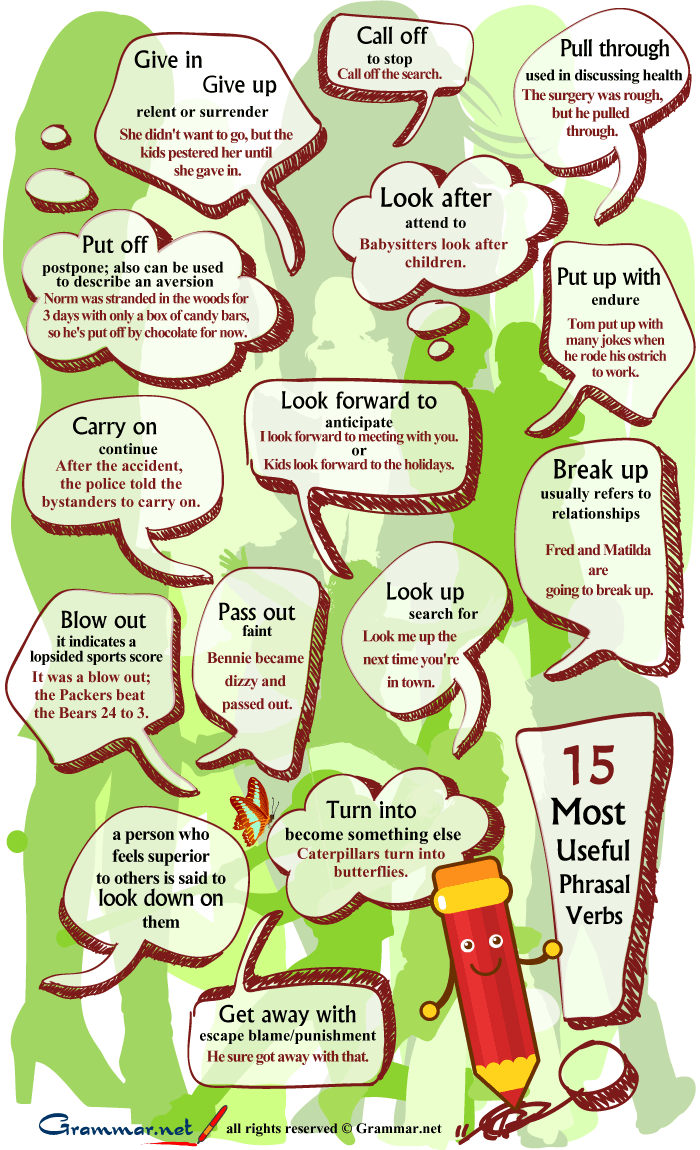This is not the kind of post I usually show you, but I consider it interesting and full of up-to-date vocabulary.
Salad, bran muffins, fat-free foods―they're good for
you, right? Not always. Nutrition expert reveals surprisingly unhealthy foods, plus better-for-you
alternatives.
1. Prepared Salads
Don't assume that anything with the word
"salad" in it must be healthy. Prepared tuna salads, chicken salads,
and shrimp salads are often loaded with hidden fats and calories due to their
high mayonnaise content. While a lot depends on portion size and ingredients,
an over-stuffed tuna sandwich can contain as many as 700 calories and 40 grams
of fat. If you're ordering out, opt for prepared salads made with low-fat
mayonnaise, and keep the portion to about the size of a deck of cards. Better
yet, make your own.
2. Multi-Grain and Wheat Breads
Terms like multi-grain, 7-grain, and wheat sound
healthy, but they may not actually contain heart-healthy whole grains. Many
breads labeled "multi-grain" and "wheat" are typically made
with refined grains, so you're not getting the full nutritional benefit of the
whole grain. How can you be sure? Read nutrition labels carefully. If the first
flour in the ingredient list is refined (it will typically say
"bleached" or "unbleached enriched wheat flour") you are
not getting a 100 percent whole-grain bread.
3. Reduced-Fat Peanut Butter
Reduced-fat peanut butter is not necessarily a
healthier version of regular peanut butter. Read the labels to see why. Both
regular and reduced-fat peanut butter contain about the same amount of
calories, but the reduced-fat variety has more sugar. But isn't it healthy to
reduce some fat? Not in this case. Regular peanut butter is a natural source of
the "good" monounsaturated fats. Look for a natural peanut butter
with an ingredient list that contains no added oils.
4. 'Energy' Bars
Energy bars are the perfect pre-workout snack, right?
Not always. Many energy bars are filled with high fructose corn syrup, added
sugar, and artery-clogging saturated fat. Plus, some bars (particularly meal
replacement varieties) contain more than 350 calories each―a bit more than
"snack size" for most people. It is a good idea to fuel up with a mix
of high quality carbs and protein before an extended workout or hike. Choose
wisely: one-quarter cup of trail mix, or 1.5 ounces of low-fat cheese and three
to four small whole-grain crackers.
5. Bran Muffins
Most bran muffins, even those sold at delis and coffee
shops, are made with generally healthy ingredients. The problem is portion
size. Many muffins sold in stores today dwarf the homemade muffins made a
generation ago. A random sampling of some coffee and restaurant chain bran
muffins showed that many topped 350 calories apiece, and that's before any
butter or jam. The bran muffins at one popular chain bakery contain 600mg of
sodium―roughly one-third of a day's maximum. Even a healthful food, if
over-consumed, can be not-so-healthful. Enjoy your bran muffin, but just eat
half, and save the rest for an afternoon snack.
6. Smoothies
Even in most smoothie chains and coffee bars,
smoothies start out pretty healthful. Most have a base of blended fruit and
low-fat dairy. But disproportionately large serving sizes (the smallest is
often 16 ounces) combined with added sugar, ice cream, or sherbet, can add up
to a high-calorie treat. Some chains serve smoothies that contain up to 500
calories.
A smoothie can be a great way to start the day or to
refuel after a workout. Just remember to account for the calories you drink
when considering what you've consumed in a day. For the most economical and
healthy smoothies, consider making your own.











